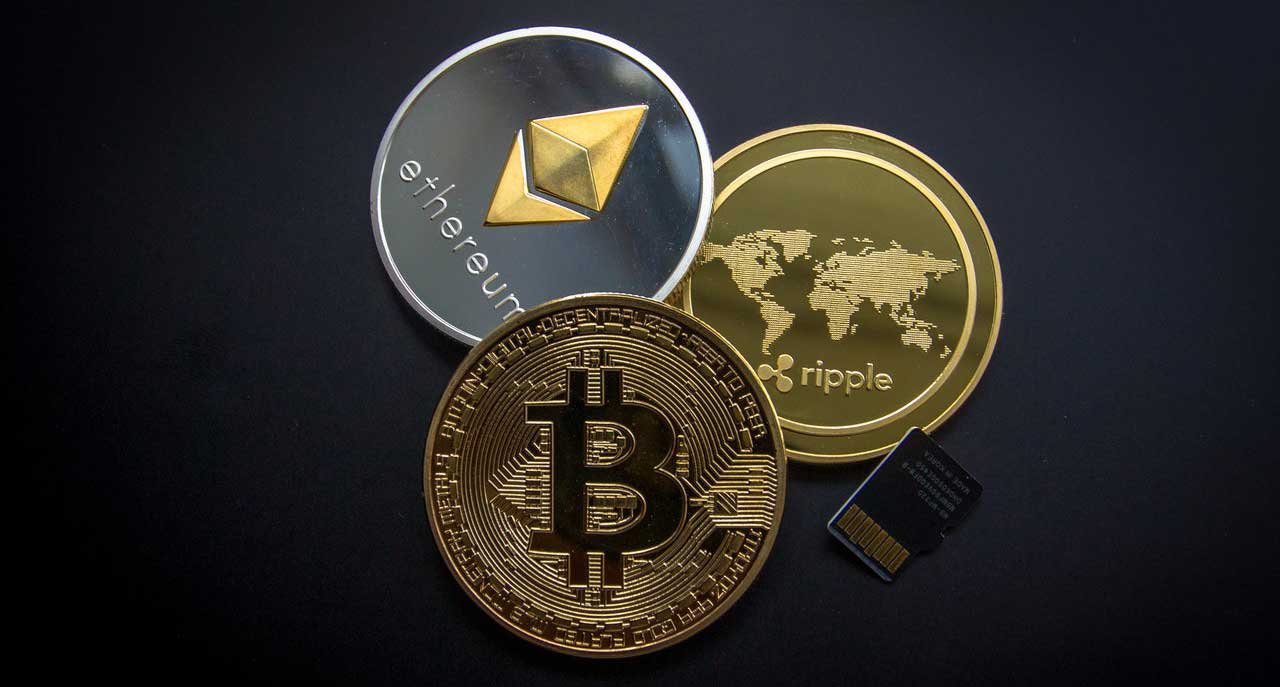Hard fork in this article: We’ll be using Bitcoin as a basic example to illustrate the concept of a hard fork, but all of these concepts apply to all other cryptocurrencies as well.
The Bitcoin Protocol Program is the one that defines the rules that everyone must agree to if they want to use Bitcoin. This includes block size, what rewards the miners receive, and how the fee is calculated. Just like any other project, the development will never be completely finished. There is always room for improvement.
Bitcoin developers regularly push updates to fix issues or increase performance. Some of these improvements are small, but some fundamentally change the way Bitcoin works.
What happens if there is a disagreement in the miners and developer community?
- It sometimes happens that a group of developers and miners do not agree with Bitcoin’s trend.
- The miners can also differ because updates to the Bitcoin protocol reduce their earnings.
- A group of people can create their own version of a protocol and split a blockchain.
- Bitcoin is made up of its own protocol and the blockchain.
First, what they have to do is copy the Bitcoin protocol, they can do that because the Bitcoin protocol is completely open source. After they implement the required changes, they set a point in time at which the fork becomes active.
How do they release their version?
This is done by specifying the block number.
For example, you could say that splitting will happen immediately upon reaching block number 480000. And when this block number is reached, the community splits into two parts.
Some people will support the current protocol while others will support the new protocol.
Each group will now add new blocks to its groups.
In this stage, both states are incompatible with each other.
Since the fork depends on the native blockchain, all of the transactions that occurred in it also occurred on the split blockchain.
This means that if you have a certain amount of coins before the split, you will also get the same amount of the new split currency, some call it free money, but it depends on whether the split coin has value.
An example of this is the Bitcoin Cash that occurred on August 1, 2017.
The miners could not agree on the size of the block.
Some of them wanted to stay in the same 1MB size while others wanted the increase.
If you have 5 BTC in your wallet before the Hard Fork split, you will get 5 Bitcoin cash after the split.
Due to the nature of open source, everyone can see, get, make changes to its code, and launch its currency.
This wouldn’t be a fork in Bitcoin, but rather a new cryptocurrency being built from the Bitcoin protocol as a basis.
An example of this is Litecoin, which was built from Bitcoins with some changes.
One of the differences between the Litecoin protocol and Bitcoin is the larger coin width and the fastest block confirmation time, and the mining algorithms they use for mining are different.
